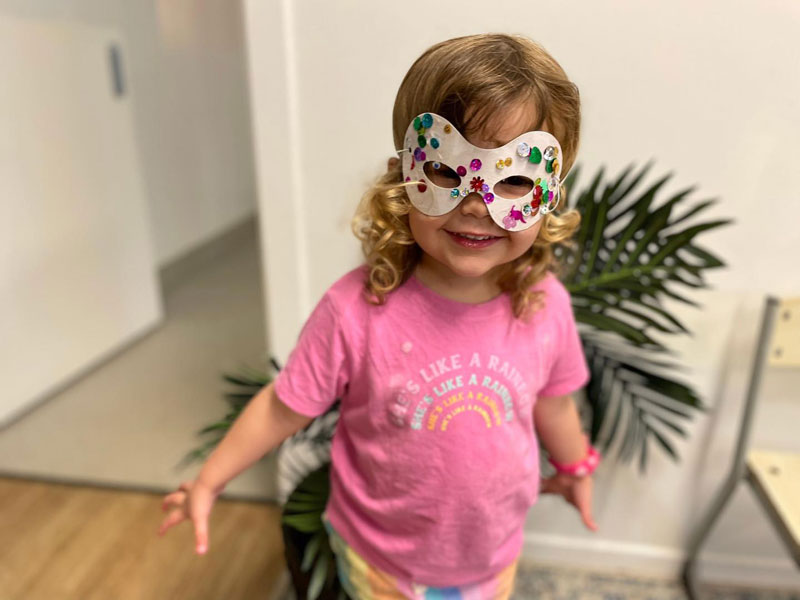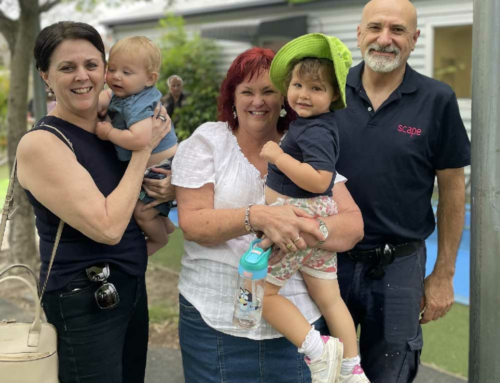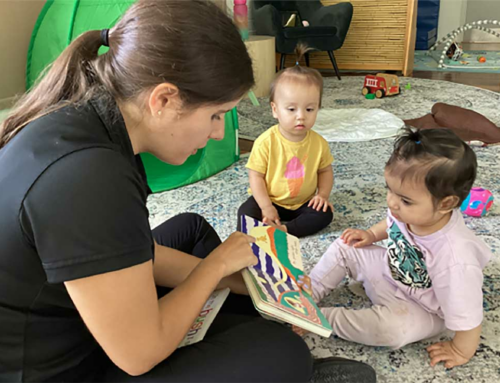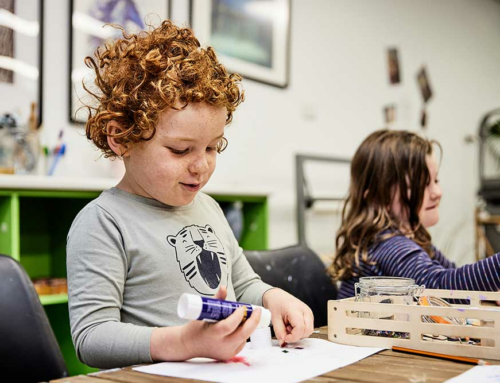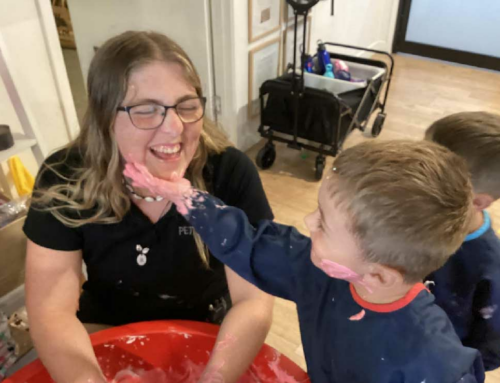Have you ever watched a child engage in imaginative play and wondered what they were thinking? As it turns out, children use their imagination to explore complex themes and ideas.
Children are creative and natural explorers and imaginative play allows them to express themselves and make sense of the world. Through play, they learn problem-solving skills and emotional regulation. They also tackle challenging topics such as death, loss, and social injustice.
Imaginative play allows children to use their creativity to explore different roles, scenarios, and situations. Imaginative play is not just fun for children. It also serves an essential purpose in their cognitive and emotional development.
Whether you’re family or an educator, by understanding the benefits of imaginative play you can support children’s growth and development. In this article, we explore the following:
- What is imaginative play?
- The benefits of make-believe
- Types of imaginative play
- Tools for encouraging pretend play
- Imaginative play ideas
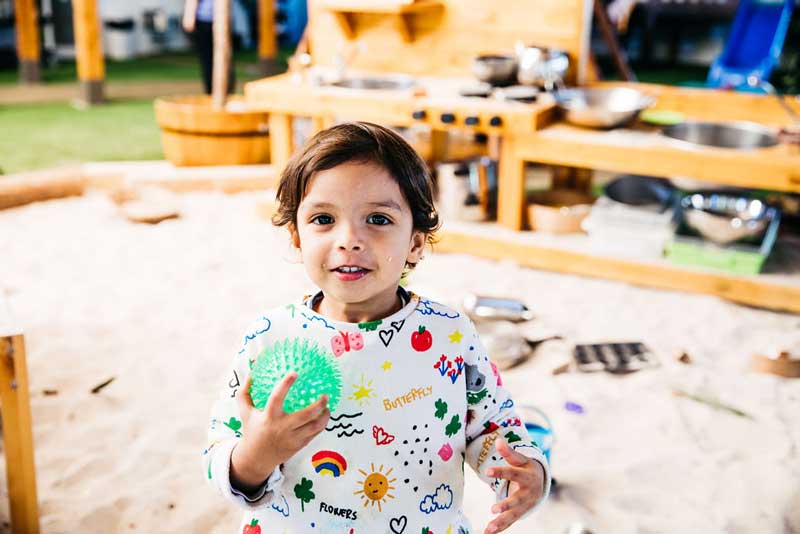
What is imaginative play?
Imaginative play, also referred to as pretend play, role-play or make-believe play, is a type of play where children use their imagination to create and act out various scenarios and roles. Some of these scenarios focus on real-life situations, such as shopping, family relationships, or seeing the doctor.
A recent paper published in the Journal of Early Childhood Research on a study into infant/toddler pretend play development by Anne Maria Morrissey (2014) observed children with supportive play partners and materials developing imaginative play behaviours as early as eight months old even though pretend play is often associated with toddlers and preschoolers.
Imaginative play allows children to create their own ideas and stories, invent characters and roles, and use their creativity to solve problems and conflicts. It is a safe space for children to explore their world and express their feelings in a fun, immersive way, where they can act out, experiment and practise different situations and scenarios.
Imaginative play can involve children learning and playing with toys, costumes, and props or simply using their own imaginations. It may include solo or group play with children of similar or different ages.
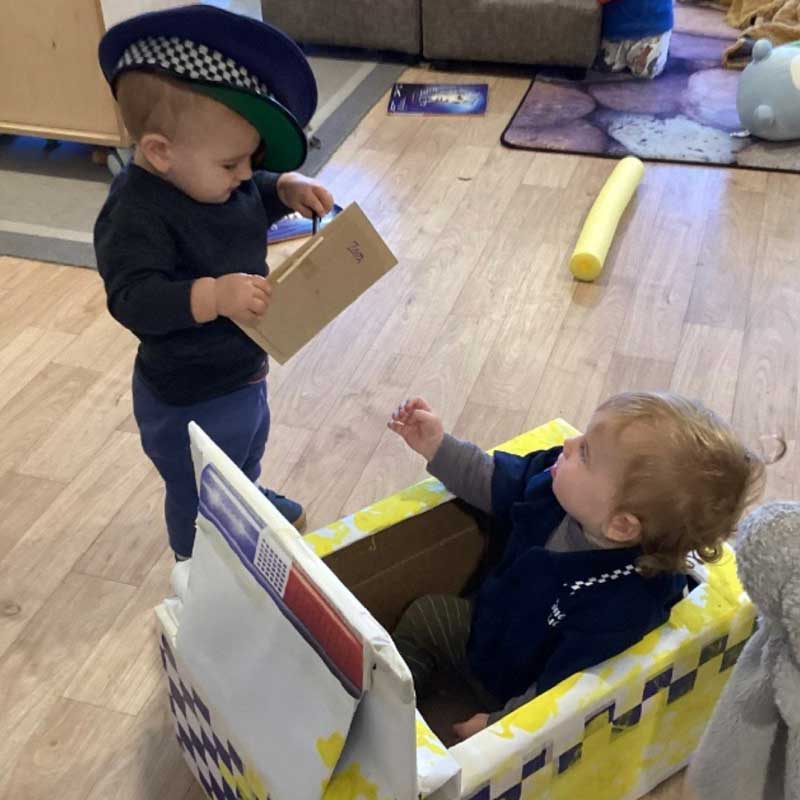
The benefits of imaginative play
Engaging in imaginative play comes with numerous benefits for children. It helps children to develop:
- Social skills
- Empathy
- Practical life skills
- Literacy skills
- Communication skills
- Creative thinking
First, children explore aspects of their identity and the world around them through imaginative play. It boosts their development and creativity by allowing them to explore their imagination and develop unique ideas.
Imaginative play also enhances their social development by encouraging interaction with others and strengthening communication and language skills. Children may also act out scenes with imaginary friends, stuffed animals or family members.
It helps to build self-confidence and encourages independence as children learn to express themselves and assert their ideas in a safe and nurturing environment. Imaginative play can happen anywhere, anytime. It inspires indoor and outdoor play where children practise motor skills.
Additionally, make-believe play offers a fun way to enhance children’s cognitive development. It encourages them to learn new skills and ideas, such as:
- Problem-solving
- Decision-making
- Emotional regulation
Overall, imaginative play is essential for encouraging creativity and promoting holistic growth and development in children physically and mentally.
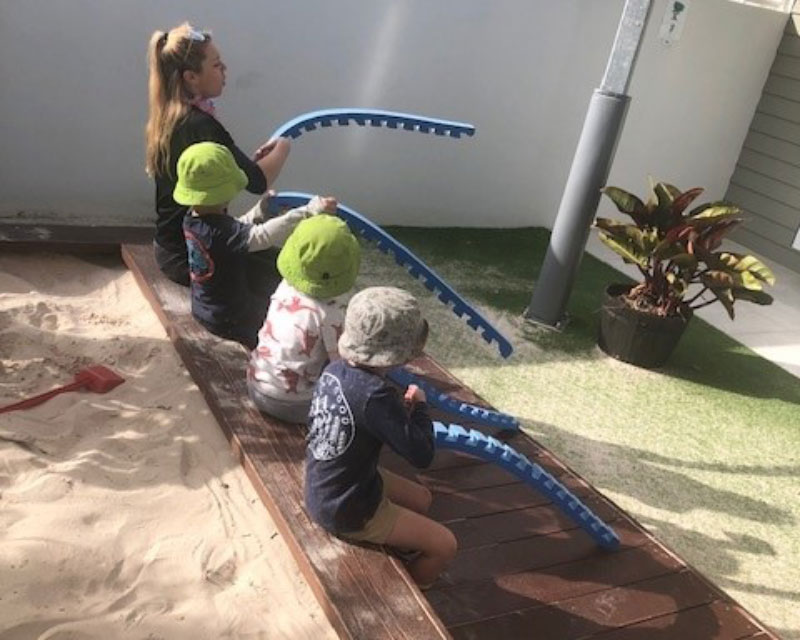
Types of imaginative play
Role-playing, pretend play, make-believe play and storytelling are terms that overlap and often interchange with imaginative play. Sometimes they refer to specific imaginative play activities, but they can also be jumbled together for fun adventures.
Role-playing involves taking on different personas and acting out scenarios, such as role-playing a nurse, teacher, shop assistant, fairy, superhero or bus driver.
Pretend play is often related to using objects as if they were something else, such as a blanket becoming a cape or a cardboard box turning into a bus or spaceship. Sometimes it describes everyday life or real-life scenarios, such as having a friend over for tea.
Storytelling involves creating narratives and characters to act out. They could be from storybooks children have heard or seen or a story they spontaneously make up from their own imaginations.
Children build confidence, independence, and self-esteem through imaginative play while providing a fun and engaging way to learn and grow.
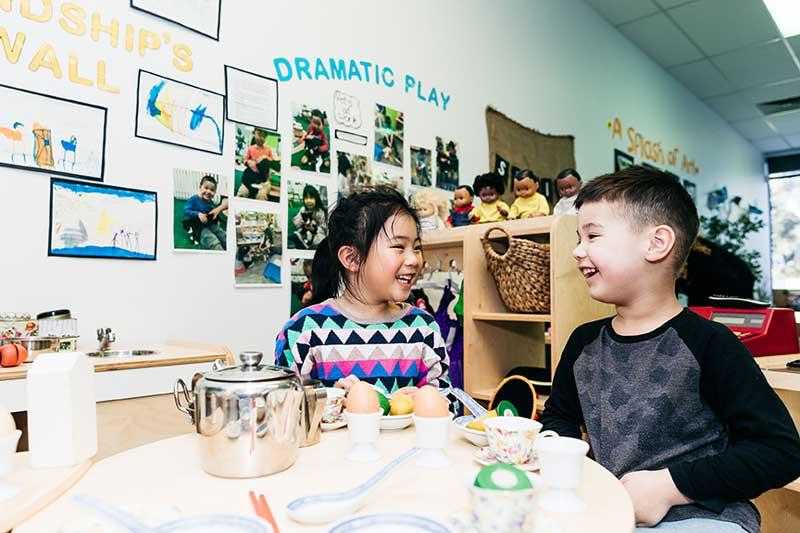
Resources for encouraging pretend play ideas
If you want to encourage imaginative play ideas, there are plenty of tools to help. From costumes and props to invitations to play, there are plenty of ways to bring make-believe into your home.
Setting up a corner in their play space with a laundry basket filled with costumes and props can inspire learning to play with imaginative play scenarios.
Children love dressing up as their favourite book characters, superheroes or people like taxi drivers, cooks, police and teachers. Recycling clothing and resources such as your old work shoes, a cloak and old hats can engage children in hours of fun.
When it comes to toys, a mix of realistic toys and abstract play materials inspire children to explore their imaginations. For realistic resources, you could repurpose items from home like a cereal box, colanders, pots and pans, a broom, a chair, a big stirring spoon, books and a chalkboard.
As children develop, more abstract materials such as wooden blocks, cardboard boxes and other loose parts can encourage higher levels of group imaginary play. For example, wooden blocks can become so many things, such as food or phones.
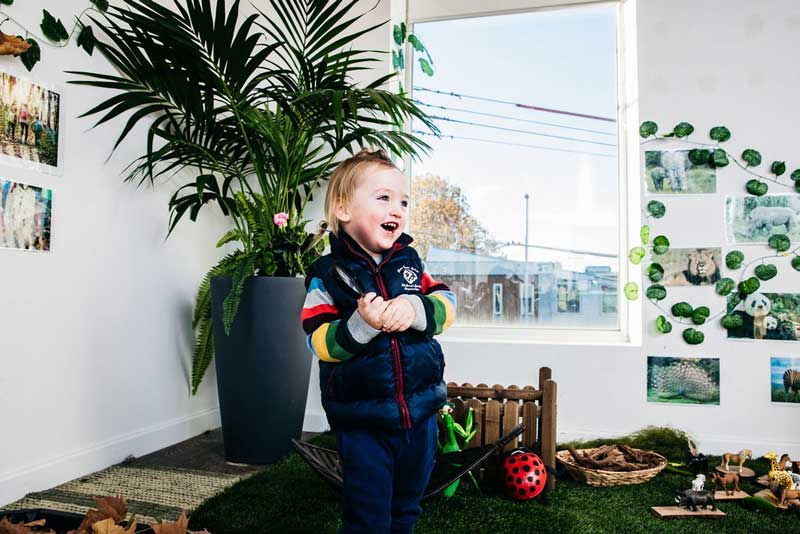
Imaginative play ideas
There are so many opportunities for children’s pretend play ideas. At Petit Early Learning Journey, we recommend giving children the tools for different play scenarios and letting them choose how and when they use them.
1. Dress-up
Encourage creativity by allowing your child to dress in different costumes and perform various roles. It’s a great way to spark imagination and expression, all while having fun with make-believe play.
2. Cooking
Set up a pretend kitchen area and encourage your child to prepare their favourite dishes using play food and utensils. As they get older, this fun activity to take into the kitchen for real cooking experiences.
3. Doctor or vet
Set up a pretend medical clinic or animal hospital and inspire your child to be a doctor or vet. They can look after their plushies owies and practise first aid! This promotes empathy and compassion while teaching children about the importance of caring for others.
4. Superhero
Your child can become a superhero character with a mask and cape, acting out missions or saving the world. This fun experience promotes bravery and problem-solving skills while also releasing pent-up energy.
5. School
A pretend classroom helps develop language development and leadership skills and fosters a love for learning. Your child could be the educator, preschooler or centre director!
6. Construction
Provide toy tools and materials for your child to build and create their own structures. Blocks are fantastic for encouraging problem-solving skills and understanding spatial relationships.
7. Tea party
Give your child the tools to create their pretend tea party, with tea cups and saucers, small sandwiches, and dessert. Invite some of your child’s favourite teddies for an outdoor picnic. Tea parties promote social skills and manners while allowing your child to practice hospitality.
8. Music show
A pretend stage, a few musical instruments and an audience (family, toys or both) can inspire your child to perform a musical show. Role-playing as a rockstar or instrumental virtuoso encourages creativity and musical expression while promoting confidence.
9. Camping
Building indoor forts or outdoor campsites engages children in many imaginary adventures. It can help children develop an appreciation for nature and encourages basic outdoor ideas like creating a tent, making a pretend fire or going fishing!
10. Space travel
Boxes are excellent open-ended materials that can turn into many wonderful creations, including a pretend spaceship to blast your child into space. A space adventure promotes scientific curiosity and imagination which may lead to learning more about our world, the solar system and outer space.
Imaginative play is a valuable tool for helping children explore complex themes, build confidence and learn new skills. It is a fun and engaging way for children to express themselves, develop their social skills and have fun. With the right tools, encouraging imaginative play can be easy and enjoyable for both children and adults alike!
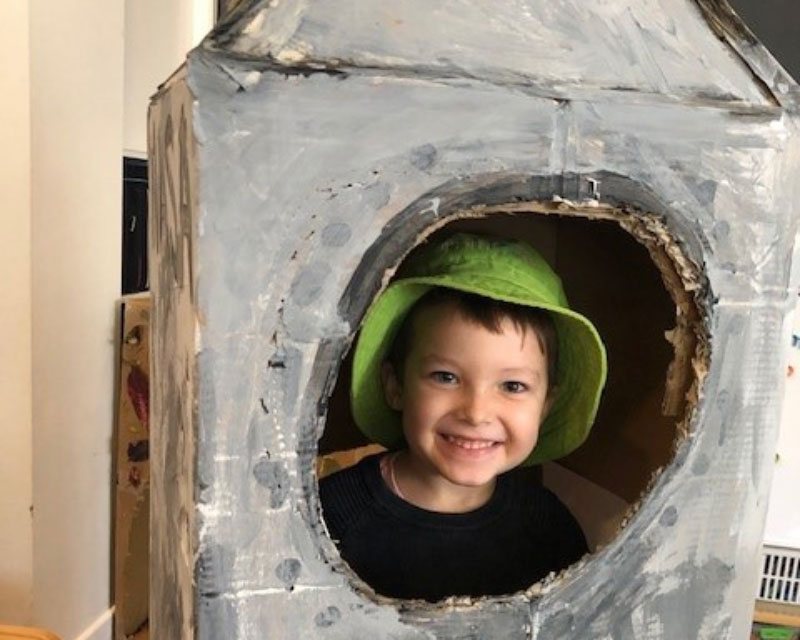
Encourage your child’s imagination with Petit Early Learning Journey
When children engage in imaginative play they not only have fun but also develop important skills. At Petit ELJ it is our belief that every child is capable, resourceful and a constructor of their own knowledge.
Children’s curiosity compels them to explore and engage with their environments and the tools and resources they discover. If you would like to learn more about how we encourage children’s imaginations book a tour at your nearest Petit ELJ centre.
